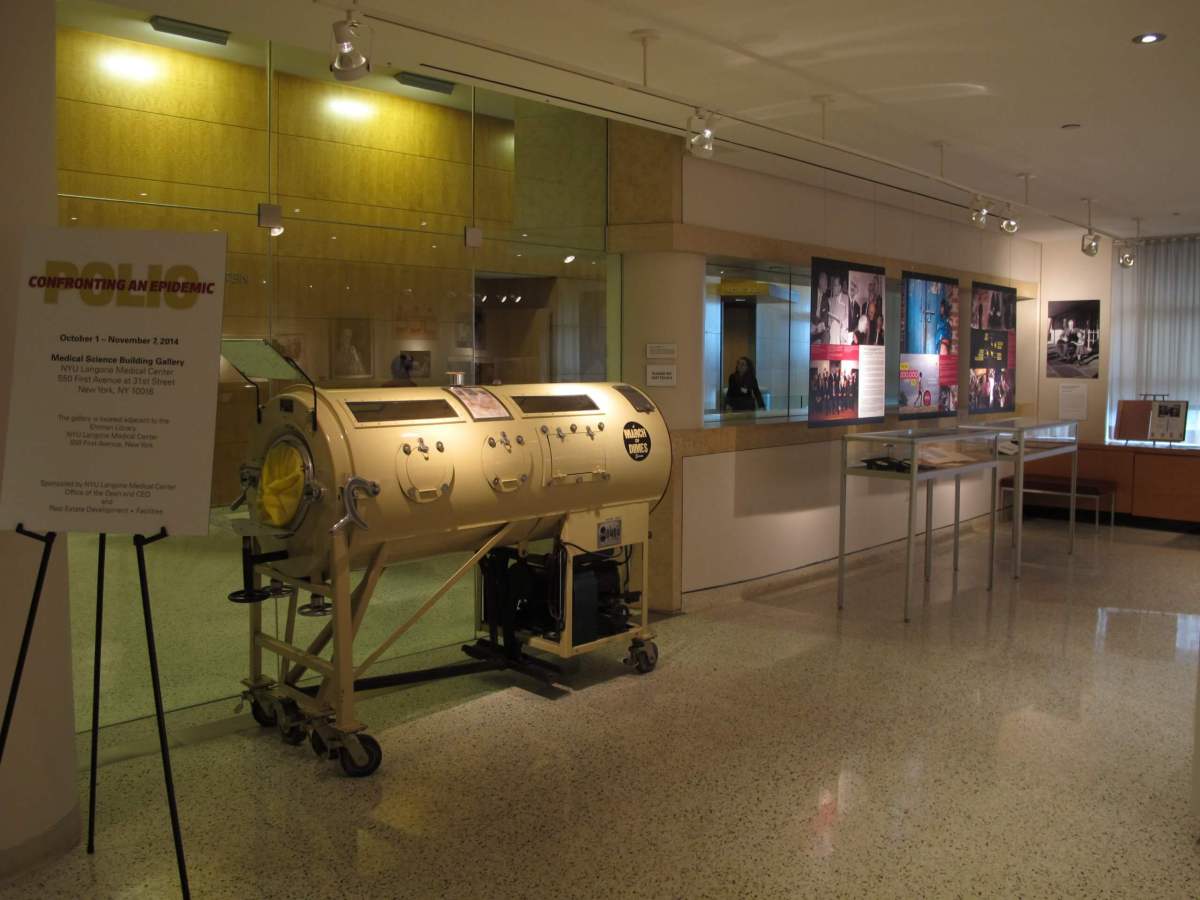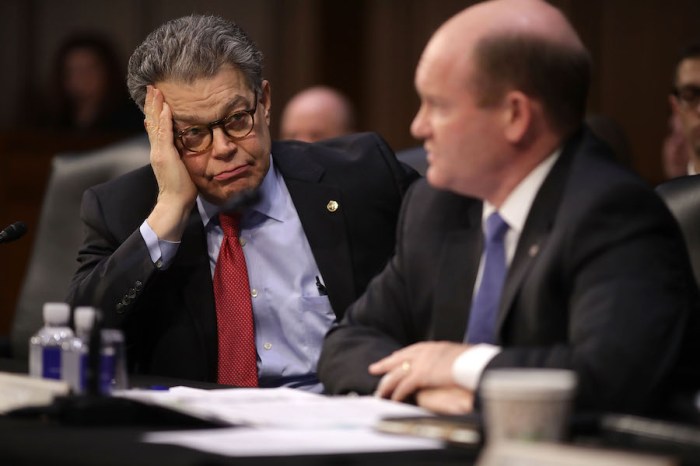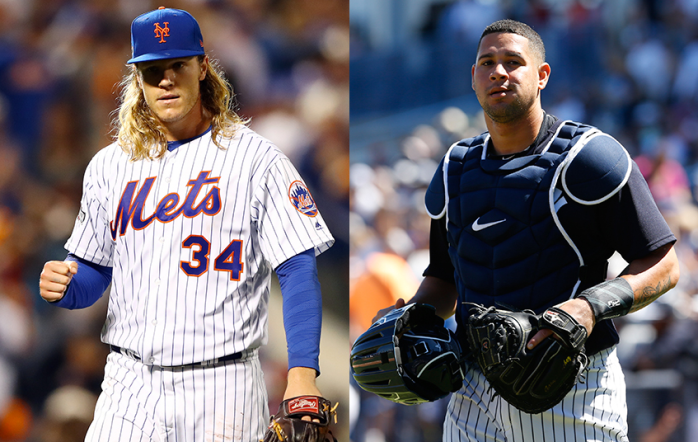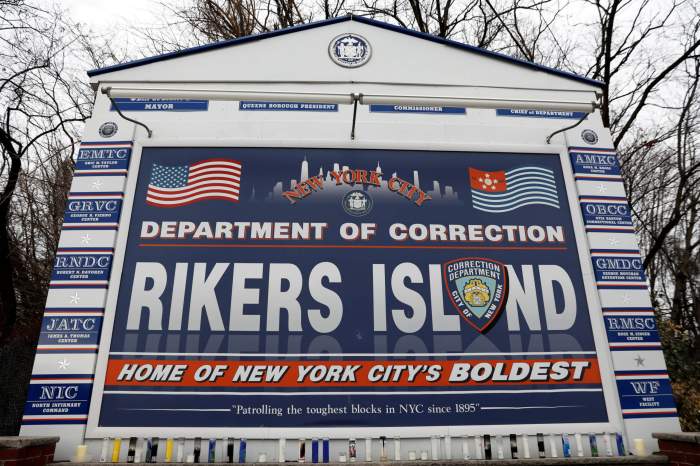We’re not out of the woods yet. It’s an important message to keep in mind when thinking about preventable epidemics like polio — which still effect thousands of people overseas, despite having two working vaccinations for more than half a century. Staying knowledgeable and vigilant is important, which is why World Polio Day is acknowledged every year on Oct. 24. In coordination with World Polio Day 2014 and the fifth annual Innovations in Health Care Symposium, NYU Langone Medical Center is hosting a special exhibit on the highly contagious disease. The display serves not only to educate people on how far we’ve come with the deadly virus, but it provides a valuable historic context for how the world has addressed epidemics like Ebola. To learn more, we spoke to exhibit creator Dr. David Oshinsky, who authored the definitive tome “Polio: An America Story,” which won the Pulitzer Prize.
Tell us a little bit more about the exhibit and what visitors can expect.
The polio exhibit at the NYU-Langone medical center is incredible, the best I’ve ever seen. We have a real iron lung on display — the enormous, torpedo-looking device that kept polio victims alive by breathing for them. We have all kinds of memorabilia from Drs. Salk and Sabin — both of whom were graduates of NYU Medical School (pretty amazing) — [plus] original vials of the polio vaccine from Salk’s lab, and slides of the virus itself, as well as dozens of photos from that era of the campaign against polio. So far, we’ve had literally thousands of visitors come through. What can we learn from what we went through historically with Polio about how to handle the Ebola crisis?
‘Polio: Confronting an Epidemic’ The lesson is to remain calm but vigilant. In the 1950s, there were 50,000 cases of polio a year in the United States — meaning thousands of children in leg braces, wheel chairs and iron lungs, and thousands more who died. Because of the vaccines, there hasn’t been a case of polio in the United States — indeed, the entire Western Hemisphere — in decades. [But] there was a great sense of unity in the 1950s: People volunteered their time and their money through the March of Dimes to help find a vaccine. And the public had a greater faith in the federal government and in medical experts and scientists. That trust has dramatically eroded over the years, and public health authorities, in particular, must show the public that it has a coherent program to fight Ebola.So far that has been lacking.
How has the common opinion of vaccination changed over time? It seems like people were all too happy to vaccinate their children against Polio when it became available, and people these days are much more skeptical. The growth of the anti-vaccine movement is troubling. Diseases that are easily handled by effective vaccines (measles, mumps and “whooping cough,” for example), are making a comeback in the United States, which is extremely troubling. The problem with vaccines is that they work so well that people take them for granted. The older generation of Americans had a far better sense of risk versus reward. They saw what polio did to America’s children each summer before the Salk and Sabin vaccines. The fear of polio was much greater to them than the fear of vaccines. And they were right. Today, parents don’t see polio — so they wonder why their children should be vaccinated. The answer is simple: If the vaccination rates fall below a certain level, polio may return. The virus is only a plane ride away in our increasingly interconnected world. What is the current state of Polio worldwide?
Because of the two separate polio vaccines developed by Drs. Jonas Salk (a killed-virus injected vaccine, 1955) and Albert Sabin (a live-virus oral vaccine, 1962), we have eradicated polio in most of the world. The hardest problems were supposed to occur in India, because of its size and the remoteness of population, but after an amazing campaign spearheaded by the World Health Organization, India has been polio-free for the past three years. The three countries where wild poliovirus is still circulating … are Afghanistan, Pakistan and Nigeria. … We expect the world to be polio-free by 2018. That would make polio only the second infectious disease — after smallpox — to be completely wiped from the face of the Earth.
Polio art exhibit helps us reflect on Ebola

Provided























